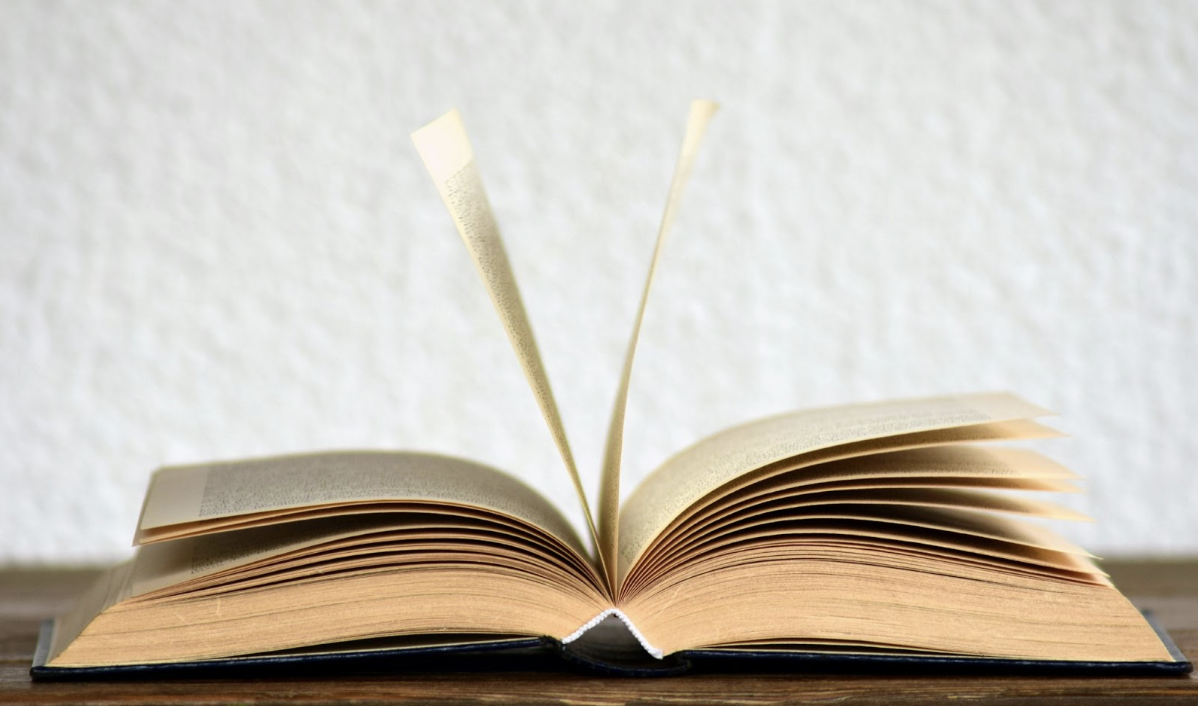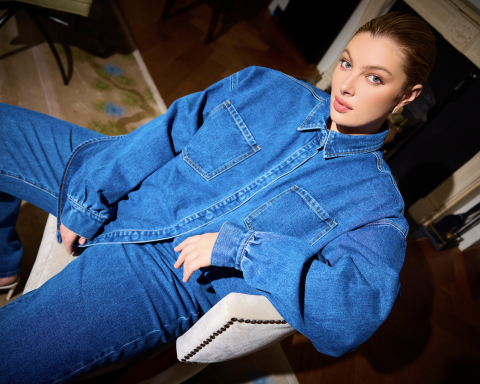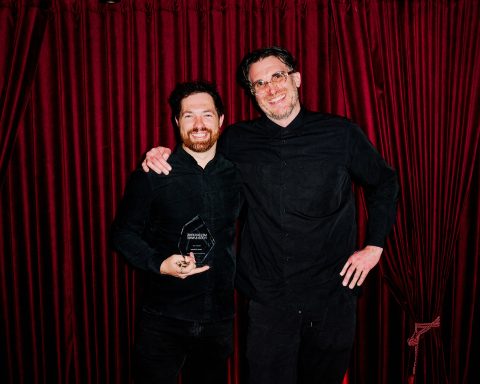In literature, few archetypes have been as enduring—or as misunderstood—as the lover. Traditionally associated with grand gestures, swooning emotions, and unwavering devotion, the lover archetype has long occupied a central place in storytelling. But in contemporary Australian fiction, this figure is undergoing a powerful evolution. No longer confined to simplistic portrayals of idealised romance, the lover in Aussie novels is more layered, conflicted, and reflective of real-world dynamics than ever before.
From the windswept beaches of Western Australia to the crowded streets of inner-city Melbourne, Australian authors are reimagining the lover archetype with a distinct regional flair. These characters are complex, flawed, and deeply human—often negotiating cultural expectations, power imbalances, and the emotional fallout of personal history. This transformation is not only refreshing but necessary, offering readers a more honest look at what it means to love, desire, and connect in the 21st century.
From Ideal to Imperfect: Embracing Emotional Messiness
One of the most striking shifts in modern Australian fiction is the departure from tidy love stories. Today’s authors are embracing emotional messiness, portraying lovers who are self-doubting, conflicted, and, at times, entirely unheroic. This doesn’t diminish the power of their emotions—it deepens it.
Novels such as The Museum of Modern Love by Heather Rose or Love and Virtue by Diana Reid offer protagonists who are emotionally raw and riddled with contradiction. These characters often want love but don’t know how to receive it. They crave intimacy yet sabotage it. Their desires are shaped by trauma, privilege, and evolving identities. In this space, the lover archetype becomes more than a romantic interest—it becomes a mirror to the self.
This nuanced portrayal resonates deeply with Australian audiences, who increasingly reject the notion of one-size-fits-all romance. In a country known for its cultural diversity and progressive social values, love is no longer something to be conquered or possessed—it’s something to be negotiated, with care, context, and courage.
Decentralising Romance: The Lover as Catalyst, Not Goal
While romantic narratives still dominate many bookshelves, a growing number of Australian novels are shifting the lover’s role from centre stage to supporting act. Rather than being the prize or endpoint of a protagonist’s journey, the lover archetype now often serves as a catalyst for self-discovery, transformation, or even reckoning.
In Charlotte Wood’s The Weekend, romantic history lingers in the background of the story, shaping the emotional landscape of older women navigating grief and friendship. The men they once loved are not present in the flesh, but their influence remains—and not always favourably. Here, lovers are not endpoints. They’re part of the baggage, the emotional DNA that continues to impact characters long after the romance has ended.
This approach reflects a broader trend in Australian fiction, where personal growth and community ties are often valued above romantic success. It challenges the reader to think about love not just as a happy ending but as a crucible for change. And by decentering romance, writers allow for richer stories in which the lover archetype plays a more meaningful, if less dominant, role.
Exploring Power and Consent in Romantic Dynamics
The conversation around love has grown louder and more urgent in recent years, particularly in the wake of global reckonings with power, consent, and gender dynamics. Australian fiction has not shied away from this conversation. In fact, it has been one of the key spaces where these issues are being unpacked with intelligence and sensitivity.
Books such as Bri Lee’s Eggshell Skull—though not fiction in the traditional sense—have had a profound impact on how romantic and sexual relationships are portrayed in literature. Even in works of fiction such as Melanie Cheng’s Australia Day, romantic subplots are framed within larger conversations about race, privilege, and misunderstanding. The lover archetype in these stories is not exempt from critique. In many cases, the character’s very presence invites scrutiny of their emotional maturity, ethical choices, and willingness to recognise harm.
This recalibration of the lover archetype is vital. It acknowledges that attraction and affection can coexist with imbalance and that love, when unexamined, can perpetuate harm. By placing lovers under a more critical lens, Australian writers are contributing to a healthier, more honest literary culture—one that validates reader experiences while refusing to romanticise dysfunction.
Reclaiming Desire Through Diverse Representation
Perhaps one of the most exciting aspects of the reimagined lover archetype in Australian fiction is its diversification. No longer limited to heterosexual, white, able-bodied protagonists, love stories are now being told from the perspectives of queer, disabled, Indigenous, and migrant characters who bring fresh narratives to the page.
In Ellen van Neerven’s Heat and Light, queer desire is explored with visceral honesty, challenging conventional gender roles and cultural expectations. Omar Musa’s work blends sensuality with lyrical reflections on identity and diaspora, offering new ways to frame intimacy and longing. These stories expand the lover archetype by illustrating that romance, lust, and vulnerability belong to everyone—not just those who fit a mainstream mould.
This growing diversity doesn’t just increase representation—it redefines the emotional vocabulary of Australian fiction. It introduces readers to alternative forms of connection, from chosen family to spiritual intimacy, and it celebrates the quiet, unassuming kinds of love that often go unrecognised in mainstream narratives. In doing so, it challenges both writers and audiences to imagine love more expansively.
Balancing Intimacy with Independence
A recurring theme in modern Australian literature is the tension between emotional intimacy and personal autonomy. In an era where individuality is highly prized, many characters are portrayed wrestling with how to maintain their sense of self while still opening themselves to love. This balancing act is one of the most defining features of the new lover archetype.
Authors such as Hannah Kent, in books such as Devotion, illustrate this beautifully. Her characters experience overwhelming romantic connection but also face the pressures of societal constraints, personal sacrifice, and internal conflict. The result is a portrayal of love that is both deeply romantic and fiercely independent. These characters want to belong to someone—but not at the cost of losing themselves.
This speaks to a broader Australian cultural value: the celebration of independence. Whether it’s the lone figure in the landscape or the fiercely private urban dweller, there’s a deep respect in Australian storytelling for characters who value their autonomy. The modern lover archetype reflects this, embodying the paradox of seeking union while protecting selfhood.
Conclusion: The Evolving Heart of Australian Storytelling
The lover archetype in Australian fiction is far from extinct. Rather, it is being transformed, stretched, and redefined to reflect the complexities of modern love in a diverse and ever-changing society. From emotionally messy characters to stories that decentre romance altogether, Australian authors are proving that love on the page can be as multifaceted as it is in life.
This evolution is not just about storytelling trends—it’s about cultural maturity. It shows a literary landscape willing to ask hard questions, embrace vulnerability, and celebrate love in all its forms. In doing so, it honours the richness of human connection without shying away from its shadows.
In the hands of today’s Australian writers, the lover is no longer an ideal to be worshipped, but a human to be understood—and that, perhaps, is the most romantic reinvention of all.








